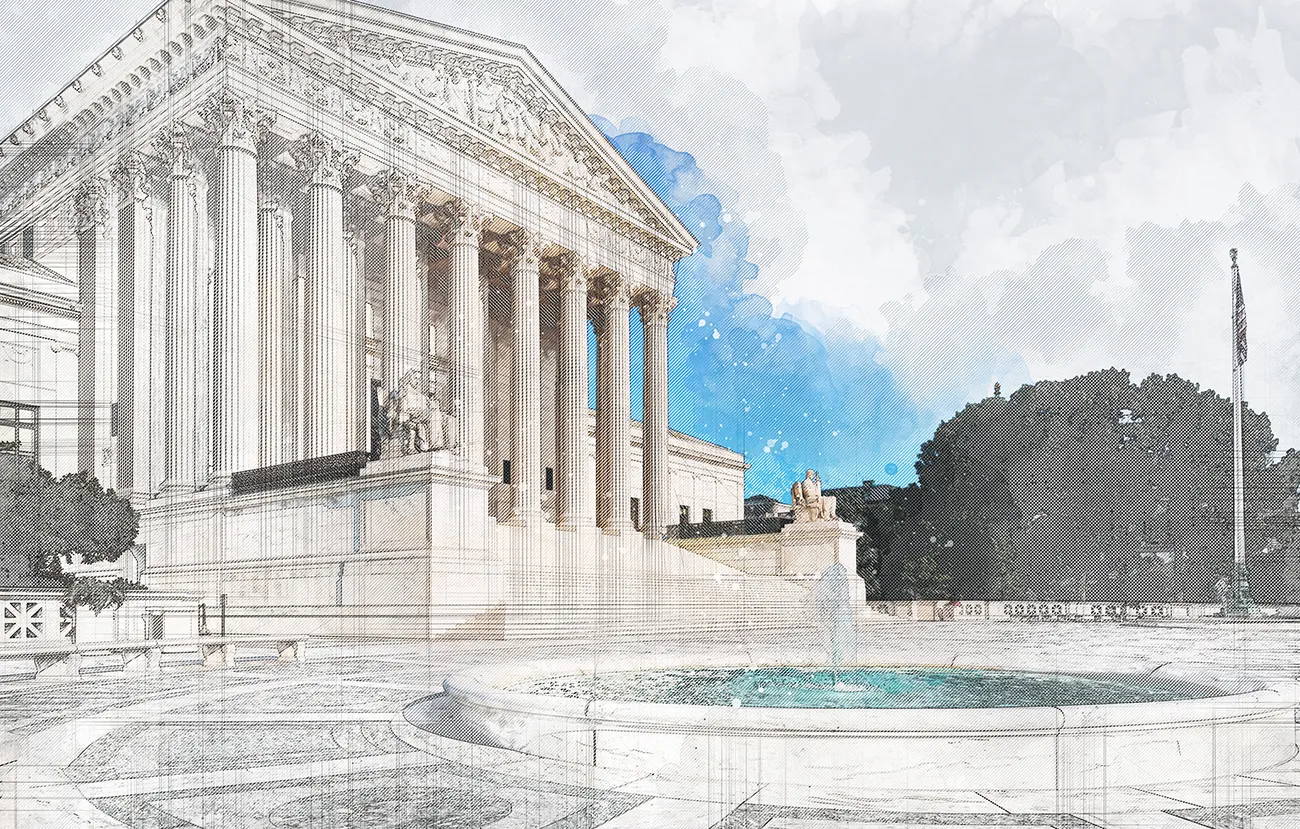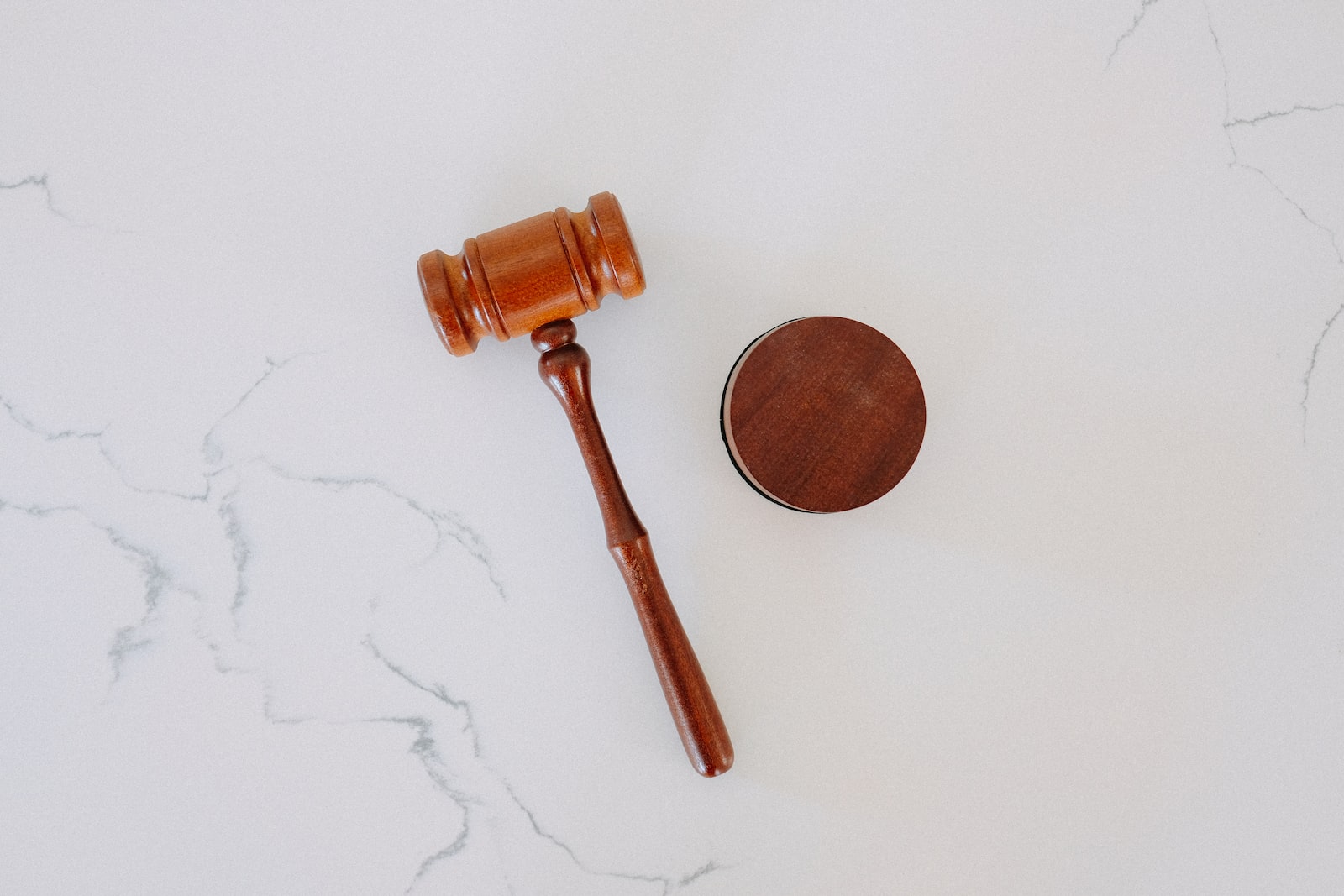Harry Potter and the Circular Logic: Oracle and the Solicitor General’s Supreme Court Briefs

This week is Fair Use Week, an annual celebration of the important doctrines of fair use and fair dealing.
One of the two issues before the Supreme Court in Google v. Oracle is whether Google’s use of Java declarations in its Android platform constituted fair use. In their briefs, both Oracle and the Solicitor General of the United States advocate narrow interpretations of fair use inimical to interoperability. This narrow application of fair use compounds the error of the excessive scope of copyright protection they urge for computer programs. See here for a discussion of the litigation to this point. See here for a discussion of the briefs of Google and its amici. See here for a discussion of the briefs of Oracle’s amici other than the Solicitor General.
Oracle’s Brief
Courts have long recognized that copyright law applies differently to different kinds of works. The Supreme Court in Feist v. Rural Telephone, for example, recognized that “the copyright in a factual compilation is thin.” The second fair use factor is “the nature of the copyrighted work,” which courts have understood to mean that works of fiction receive greater protection than works that have strong factual or functional elements.
In its brief, however, Oracle repeatedly used analogies to fictional works and cited cases involving such works. As it has in virtually every brief in this case, it referred to J.K. Rowling’s Harry Potter novels. Here, Oracle argued that Google’s logic would allow a plagiarist to steal the novels’ “characters and their backstory.” Oracle also included references to “knock-offs of bestsellers,” trivia books based on the Seinfeld series, Broadway plays, Steinbeck’s Grapes of Wrath, leitmotifs from the Star Wars score, puppets from children’s television shows, a fictional work’s plot and dialogue, photographs on t-shirts, movies based on books, and concert conductors performing songs their orchestras know. Oracle referred to Java programmers as its “loyal audience,” as Java “fans,” and people who “know and love” Java, as if they were teenage groupies of a pop-star rather than trained engineers.
At the same time, Oracle completely ignored a ready source of analogies to the functional works at issue in this case: circuit court decisions concerning computer programs. Most notably, Oracle failed to cite to the First Circuit’s decision in Lotus v. Borland. The Supreme Court heard the appeal of that decision, but then reached a 4-4 tie because Justice Stevens recused himself. Oracle also overlooked the Second Circuit’s decision in Computer Associates v. Altai and the Ninth Circuit’s decision in Sega v. Accolade. To be sure, briefs to the Supreme Court tend to focus on Supreme Court precedents, because the Court is most interested in remaining consistent with its earlier rulings. But where, as here, there are no Supreme Court copyright opinions dealing with software—the Court issued just a one sentence order in Lotus v. Borland—reference to circuit court decisions concerning software is completely appropriate. Without doubt, the Court would find instructive how the Lotus, Computer Associates, and Sega courts all wrestled with application of copyright law to highly functional computer programs. Sega is particularly relevant because the court found: 1) due to its highly utilitarian nature, software receives thin copyright protection; 2) the elements necessary for achieving interoperability were unprotected under the idea/expression dichotomy codified in 17 U.S.C. § 102(b); 3) fair use allowed Accolade to copy the code necessary to unlock the Sega platform; and 4) fair use permitted Accolade to copy Sega games even though Accolade games competed with Sega games.
When Oracle did cite copyright cases involving software, it misrepresented those courts’ holdings. Thus, it cited the Ninth Circuit’s decision in Sony v. Connectix to acknowledge that reverse engineering a computer program could be a fair use, but neglected to mention that the Ninth Circuit found that Connectix’s emulator, which performed the same function as the Sony PlayStation, was nonetheless transformative because it “affords opportunities for game play in new environments.” Further, the Ninth Circuit viewed Connectix’s Game Station as a wholly new product with new expression. It was not simply a “change of format.”
The Oracle brief summarily dismissed the interoperability concerns raised by Google and its amici by stating that Google “designed Android to defeat compatibility: Apps written for Java SE cannot run on Android, and vice versa.” This completely distorts the record. Google did not set out to defeat compatibility. Rather, the partial interoperability of Android and Java was the result of the engineering determination that many of the Java SE methods were inappropriate for the mobile environment, and that the Java SE libraries lacked many methods that were necessary in that environment. In other words, in Google’s engineering judgment, the Sun mantra of “write once, run anywhere” couldn’t apply completely in the mobile environment.
The Oracle brief’s closing paragraph appears to respond to the CCIA/Internet Association (“IA”) amicus brief, which argued that the decisions below contradict the global consensus that copyright does not protect software interfaces. The CCIA/IA brief opined that affirmance of the decisions below would place U.S. firms at a competitive disadvantage to foreign firms. Instead of focusing on the narrow issue of the protectability of software interfaces, Oracle instead defended the importance of protecting software generally, observing that promoting “the false premise…that everyone is free to copy the innovation of others will only encourage piracy, here and abroad.” CCIA and IA, of course, never argued that “everyone is free to copy the innovation of others.” Instead, their brief advanced the far more nuanced point that copyright protection for software interfaces would restrict competition in the global technology industries.
The Solicitor General’s Brief
This is the third brief the Solicitor General (“SG”) has filed in this case. In 2015, it filed a brief advising against cert. when Google appealed the CAFC’s first decision. In 2019, it recommended against cert. when Google appealed the CAFC’s second decision. Because the SG brief lacks the snark and Harry Potter references of Oracle’s brief, the Court is likely to pay the SG brief more attention than the Oracle brief. The SG brief, however, contains serious logical flaws.
The SG brief contained an accurate description of the technology involved in the case. It recognized that the Java SE library contained thousands of subroutines or methods that function as “building blocks that allow programmers to avoid having to reinvent the wheel by writing new code to perform certain functions.” Each method has a declaration which includes the method’s name and permissible inputs and outputs. To invoke a particular method, a programmer must use a command or call that matches that declaration. Each method has implementing code, which actually performs the function of the method. The programmer does not need to see or understand the pre-written method to use them as building blocks in other programs; the programmer only needs to know the appropriate call. The 30,000 methods in the Java SE libraries are organized into 166 packages consisting of 2,000 classes.
The SG brief noted that Google created the Android platform to assist programmers in developing applications for the Android smartphone. Like the Java platform, the Android platform contains pre-written methods organized into classes and packages. The SG brief acknowledged that Google “created much of the Android library from scratch.” However, for 37 of the 168 packages in the Android library, Google copied the Java declarations, “while writing its own implementing code.” The SG brief observed that Google copied the declarations for the methods “it viewed as most useful for developing smartphone applications.” The SG brief noted that Google copied these declarations “so that developers familiar with the Java platform could write programs for the Android platform without learning new commands for invoking commonly used methods.”
Notwithstanding its understanding of the very specific role declarations play—enabling programmers to call particular building blocks for use in constructing new programs—the SG brief gets off on the wrong foot by stating that the case more generally “concerns the copyrightability of computer code.” When rejecting Google’s argument that the declarations are a system or method of operation unprotectable under 17 U.S.C. § 102(b), the SG brief stated that the declarations are a system or method of operation only in the sense that they enable a user of a program to induce a computer to perform certain functions. In this respect, the SG said, they are no different from any other computer code. But this is incorrect. Declarations, and other software interfaces, can be distinguished from implementing code in that they enable interaction between program elements. As such, they aren’t simply inducing a computer to perform a function. The Ninth Circuit in Sega v. Accolade specifically found that “functional requirements for compatibility” are aspects of programs not protected by copyright under section 102(b).
The SG brief rejected Google’s merger argument by stressing that at the time Sun developed the Java SE library, it had “unlimited options” concerning the declarations and their organization. Then, in perhaps the most remarkable passage in the brief, the SG stated that
When two segments of code are created contemporaneously and specifically designed to work in tandem, it may often be the case that so long as one remains unchanged, the other must be held constant in order for the two to operate together. [Google’s] argument would suggest that in that circumstance, the merger doctrine would preclude copyright protection for either segment, on the theory that each could be written in only one way if it was to perform its ‘function of working with’ the other.
This is an accurate statement of both the facts of the case and Google’s argument. The SG responded weakly: “That approach would unduly constrict the availability of copyright protection for computer code.” The SG provided no support for this policy-based assertion. Nor did it cite any authority for the proposition that copyright should provide protection for the features that enable two segments “specifically designed to work in tandem” to operate together.
Although itself relying on a policy argument, the SG urged the Court to reject Google’s policy arguments related to interoperability. The SG stated that a ruling that declarations and other interfaces are ineligible for copyright protection would be unnecessary because fair use is better suited to the task.
But then in a breathtaking display of circular reasoning, the SG in effect argued that fair use could almost never permit reuse of interfaces in interoperable products. The SG insisted that Google’s use of the declarations was not transformative because the declarations had the same function in the Android platform as in the Java platform. Under this reasoning, no reuse of a declaration in an interoperable product could ever be transformative; the declarations have the same function in the original product and the interoperable product.
Moreover, interoperable products inevitably harm the market for the original product, when market harm is defined as broadly as the SG does. Accolade games competed with Sega games. The Connectix Game Station competed with the Sony PlayStation. Yet those courts found that the fourth fair use factor tilted towards the interoperable developers because “an attempt to monopolize the market by making it impossible for others to compete runs counter to the statutory purpose of promoting creative expression.” Google’s development of the Android platform led to the creation of literally millions of new apps. Under Sega and Connectix, the fourth fair use factor would tilt towards Google, not Oracle.
The SG recognized that its position was inconsistent with a statement made by the U.S. Copyright Office in its report on Software-Enabled Consumer Products. (The Copyright Office General Counsel signed the SG’s brief.) There, the Office stated that “in many cases, copying appropriately limited amounts of code from one software enabled product into a competitive one for purposes of compatibility and interoperability should…be found to be a fair use.” The SG attempted to deflect this statement by observing that Android was not fully interoperable with Java. This deflection implies that Google’s copying would have been fair use had it copied more to achieve complete interoperability—the declarations in all 166 Java packages, rather than the declarations from just 37 packages. But had Google copied more, Oracle and the SG surely would have argued that this tipped the third fair use factor (the amount of the work used) farther away from Google.
The SG attempted the same deflection in the context of the protectability of the declarations, and it was equally illogical there. The SG noted that Google was “not seeking to ensure that its new products [were] compatible with a ‘legacy product.’” The SG appeared to imply that had Google sought to ensure compatibility with a legacy product, i.e., had it copied all the Java declarations, then the declarations might have been unprotectable. Again, this makes no sense. If declarations are unprotectable because of merger or because they are part of a system of interaction, the number of declarations copied should make no difference. (In any event, as a factual matter, Android’s reuse of the Java declarations made it easier to port existing Java apps to Android.)
The Supreme Court in Campbell v. Acuff-Rose recognized that “some works are closer to the core of intended copyright protection than others.” Consistent with Campbell, the Supreme Court should decide that although the Java libraries as a whole receive copyright protection, the declarations and other software interfaces fall outside the scope of protection; or that fair use permits their reuse.








